Archaeologists Discovered Egyptian Pharaoh’s Secret Hideaway
Archaeologists have unearthed a newly discovered Egyptian pharaoh’s secret hideaway during a recent exploration. In a 3,400-year-old royal palace in Tel Habwa, a temple located in northern Sinai, archaeologists believe they have discovered the remains of the Egyptian pharaoh King Thutmose III.
The team from the Egyptian Archaeological Mission discovered a recent development project.
Who Was Thutmose III
Thutmose III was a king of the 18th dynasty and is often regarded as the greatest of the rulers of ancient Egypt. He was a skilled warrior who brought the Egyptian empire to the height of its power by conquering all of Syria.
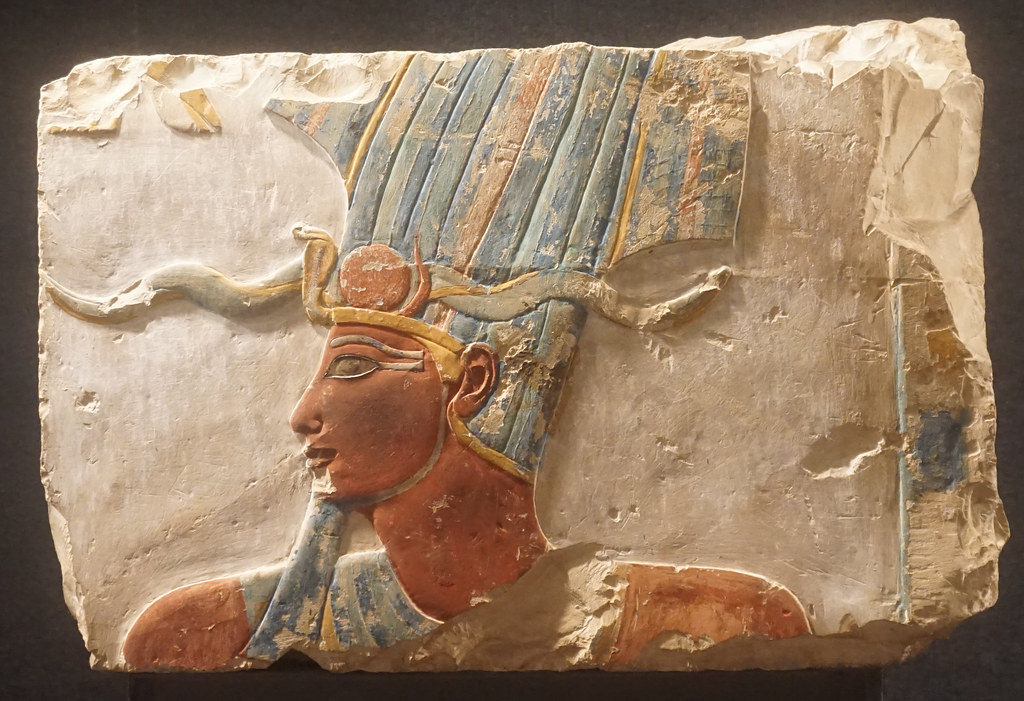
Source: Elias Rovielo/Flickr
The pharaoh also built numerous temples and monuments to commemorate his efforts throughout his reign.
The Legacy of Thutmose III
Despite sharing the throne with his aunt for the first 20 years of his reign, Thutmose III became the sixth pharaoh after her death.

Source: Freepik
As the sixth pharaoh of Egypt, he battled to establish Egyptian rule over Syria and Palestine until he died in 1426 BC. Some experts believe that the temple was used as a place of rest for the king during his war campaigns to expand the Egyptian Empire to the east.
The Discovery of the “Rest House”
In a Facebook post, the Ministry of Tourism and Heritage writes that they found one of Thutmose III’s vacation homes, which features a grand main hall with three limestone columns, a secondary hall, and several adjoining rooms.
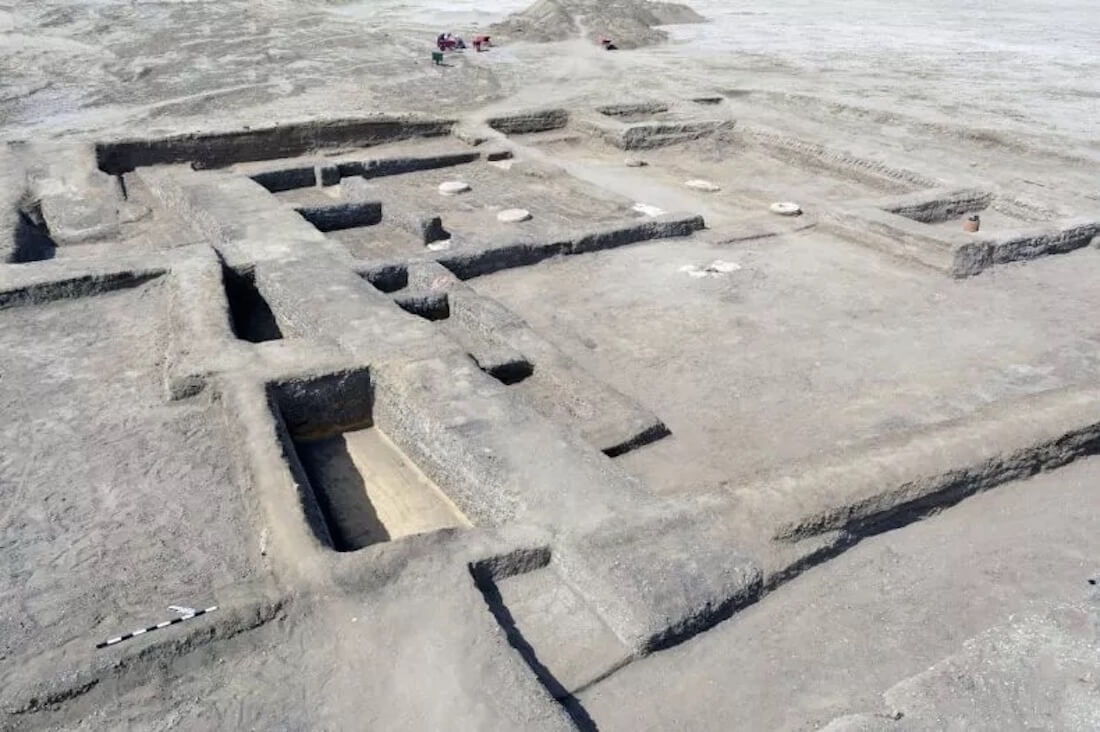
Source: Ministry of Tourism and Antiquities
“It is likely that this building has been used as a royal respite due to the architectural planning of the building and the scarcity of pottery fractures inside,” the post reads.
The Age of the “Rest House”
The archaeologists do not know the age of the palace at the moment but are working to analyze the sequence of layers in the ruined site and examine pottery found nearby.
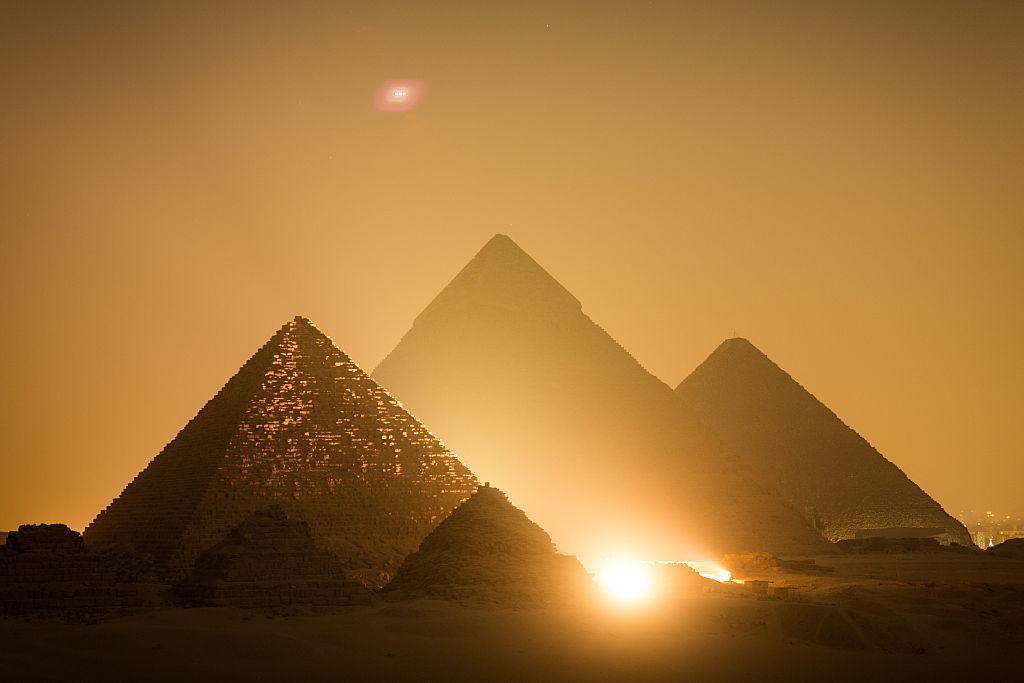
Source: David Degner/Getty Images
Additionally, the archaeologists discovered two artifacts inscribed with King Thutmose III’s name.
The “Rest House” Was Strategically Placed
Located in what is now near the Suez Canal and about 100 miles northeast of Cairo, the home sits along what was a key military road known as the Way of Horus.
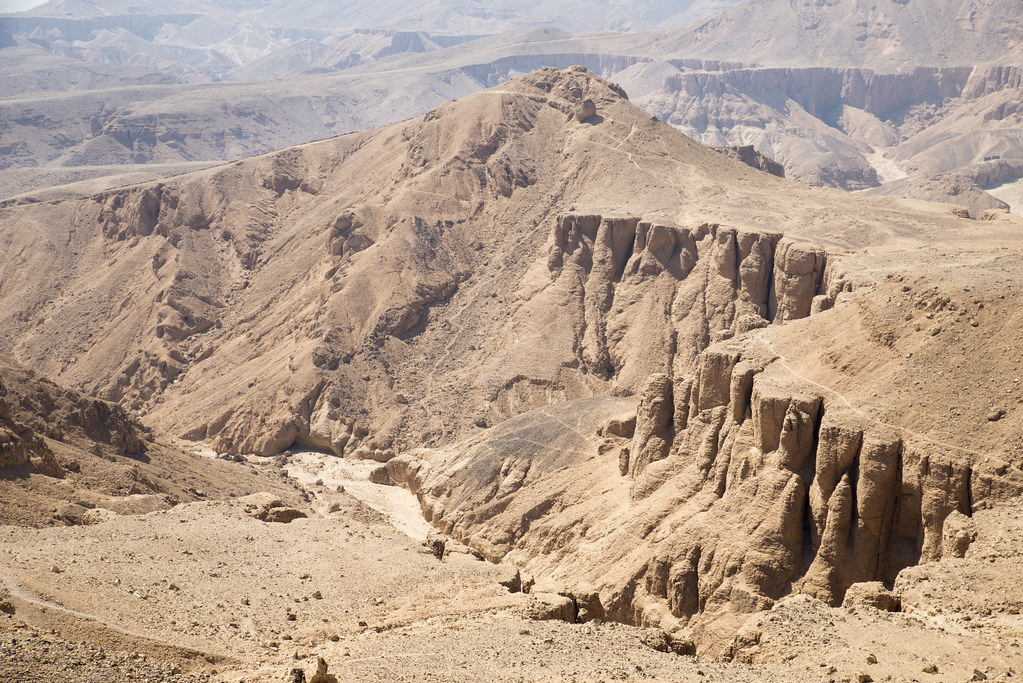
Source: airoinfo4u/Flickr
“The Ways of Horus was a high road secured by a network of fortresses and provided with water reservoirs, as well as supply and custom stations that were established along the route between the Eastern Delta and South Palestine. It was a vital artery through which the military and commercial traffic between Egypt and Asia flowed,” writes Abdul Ahman al-Rayedi in his book “The Inscription of the Way of Horus.”
The House Was Used for the Armies
Ramadan Helmy, director of the North Sinai Antiquities Area, led the excavation and suggests that Thutmose and his armies used the rest house during one of his campaigns.
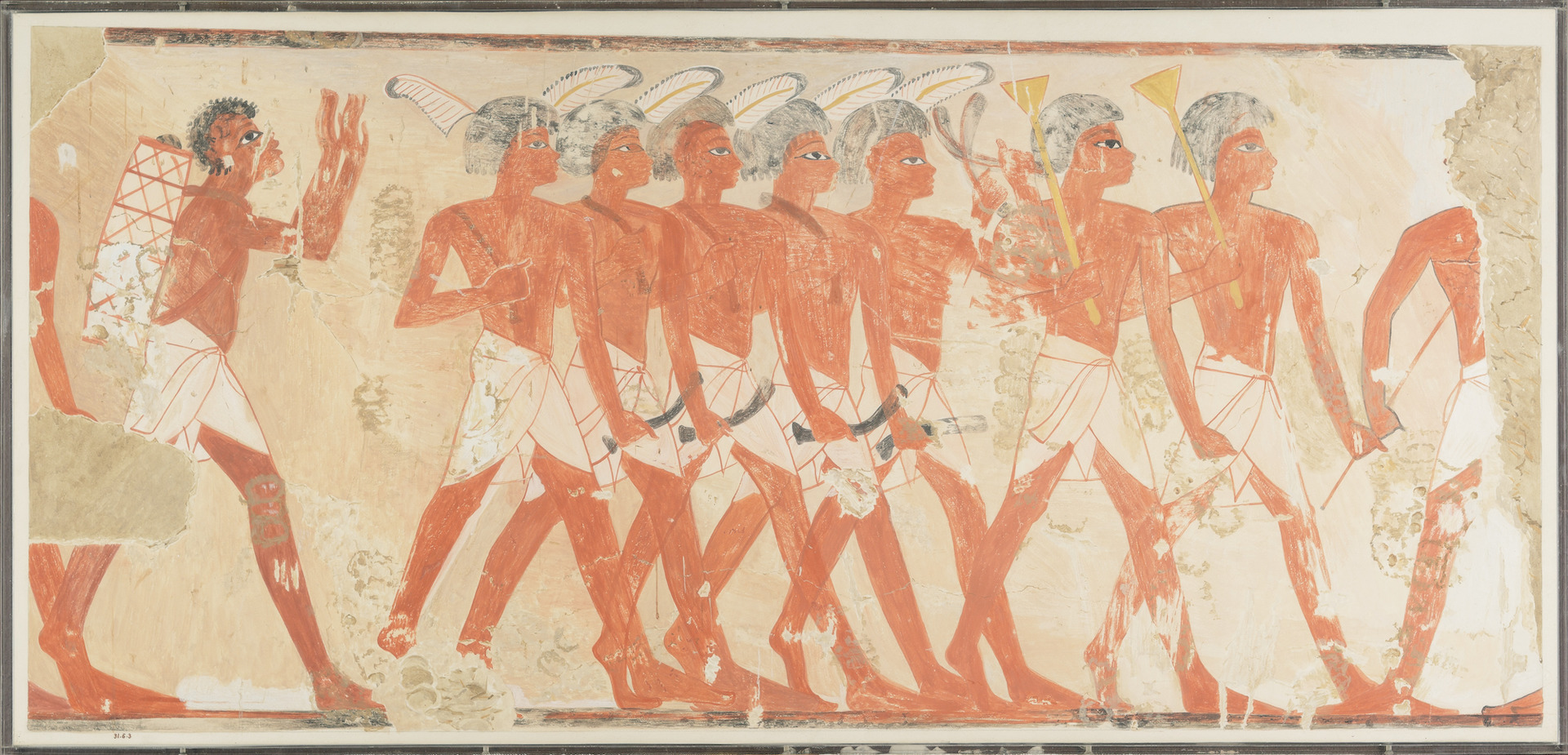
Source: Wikimedia Commons
“This discovery is pivotal,” says Mohamed Ismail Khaled, secretary-general of Egypt’s Supreme Council of Antiquities, (via Ahram Online). “It illuminates crucial aspects of Egypt’s military history, particularly in the Sinai region, during the New Kingdom era.”
The New Kingdom Period
The New Kingdom period began around 1550 BCE with the reign of Ahmose I. This period is known as Egyptian culture’s third great era, spanning from the 18th, 19th, and 20th Dynasties (which lasted nearly half a millennium). The New Kingdom was a time of stability and growth, especially as Thutmose III expanded.
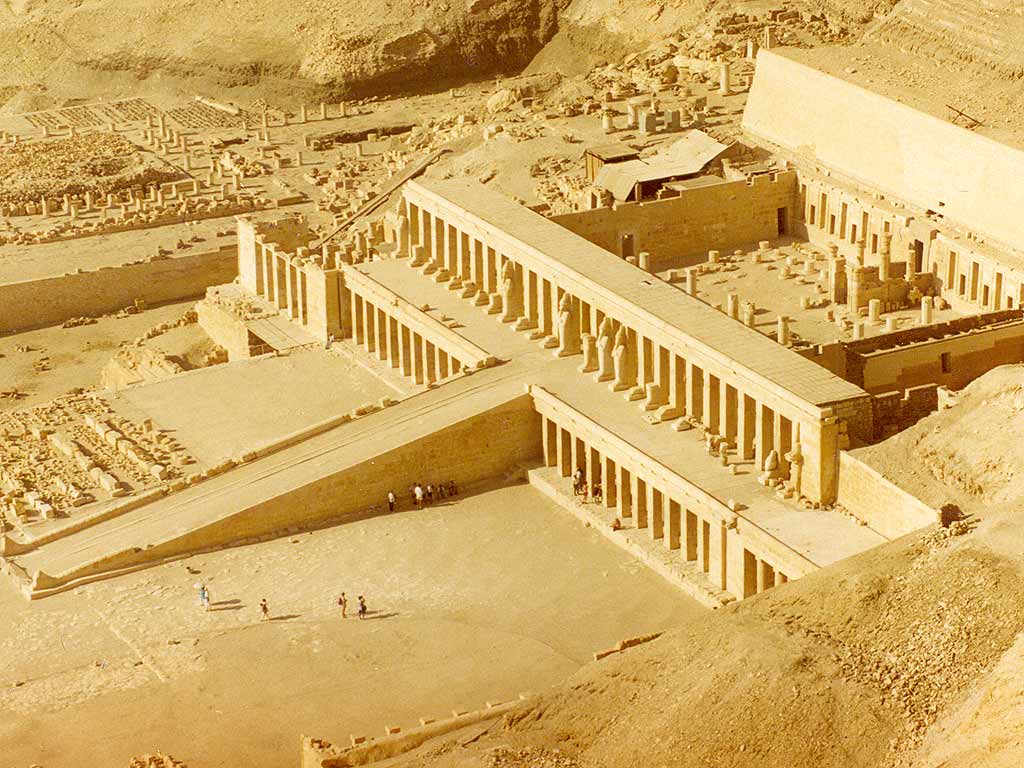
Source: World History Encyclopedia
The New Kingdom was a time of stability and growth, especially as Thutmose III expanded.
The “Rest House” May Not Have Been Used by the Pharaoh
Anthony Spalinger, a historian at the University of Auckland in New Zealand who wasn’t involved in the recent dig, tells Live Science’s Owen Jarus that the conquering king may not have used the rest house himself.
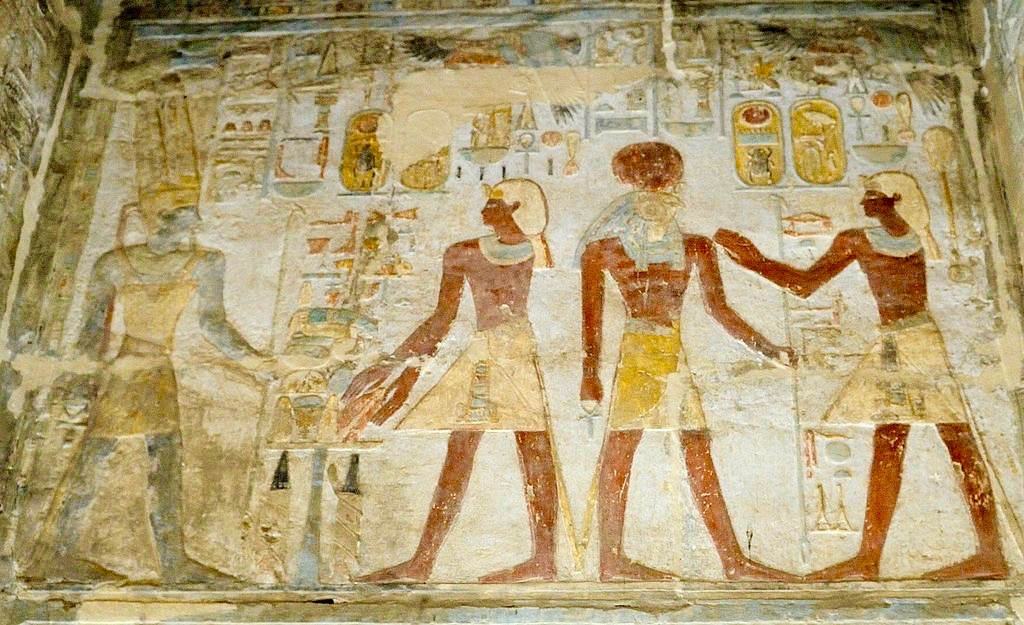
Source: Wikimedia Commons
Spalinger notes that the layers of Earth around the building appear to postdate the 18th Dynasty, suggesting the Egyptian armies brought tents on their expeditions.
Other Uses for the “Rest House”
The site’s history didn’t end with the New Kingdom era. At an unknown period, the vacation home became a cemetery site. According to the statement, the archaeologists discovered vessels used to bury children between the 21st and 25th Dynasties.
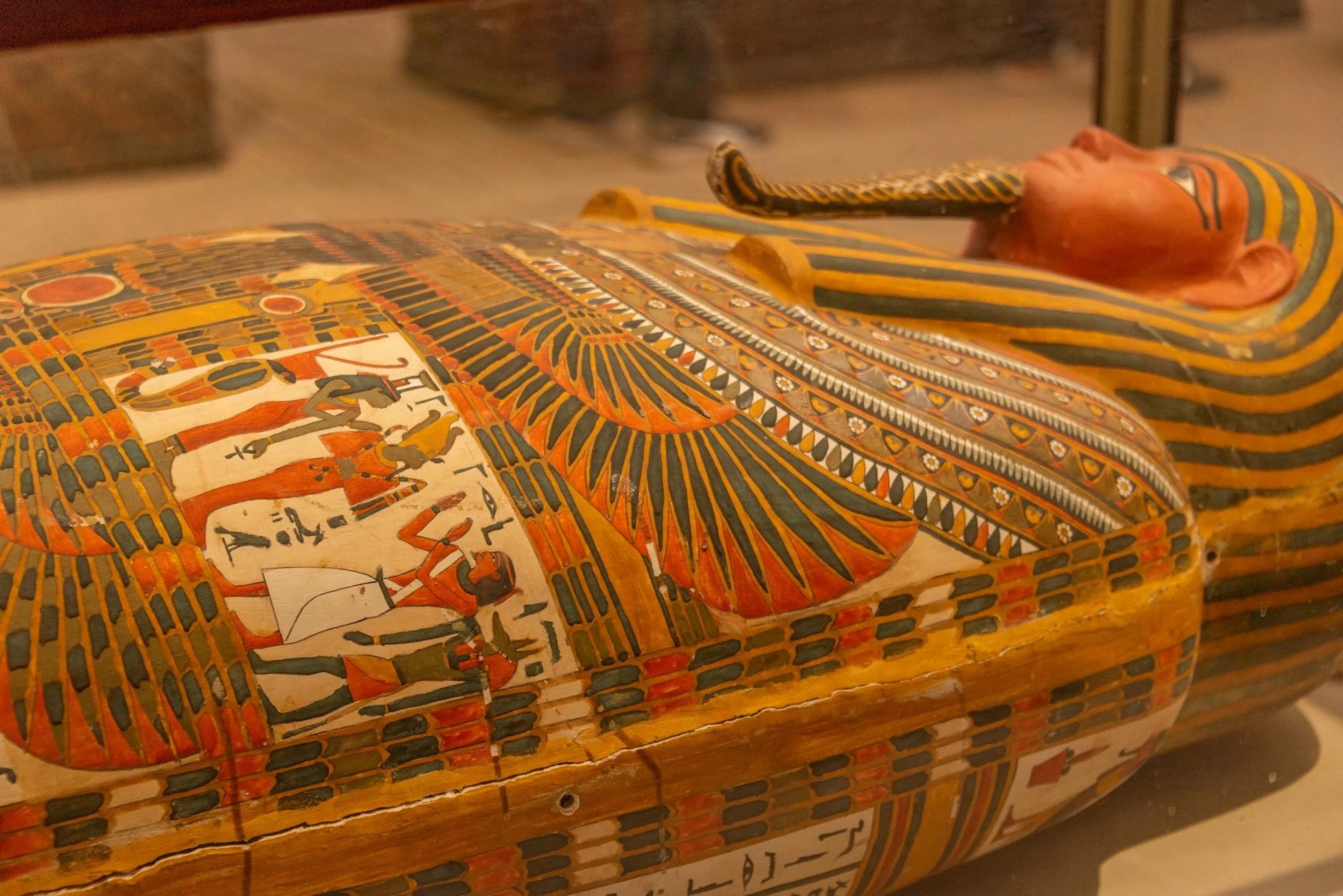
Source: Diego F. Parra/Flickr
A small ceramic plaque discovered at the site bears the name of Amasis, a 26th Dynasty pharaoh who ruled from 570 to 526 BCE.
The Fate of the “Rest House”
Eventually, researchers believe that the building was fortified by a perimeter wall and a main gate. At some point, the site was used as a cemetery, with many of the graves featuring the remains of children.
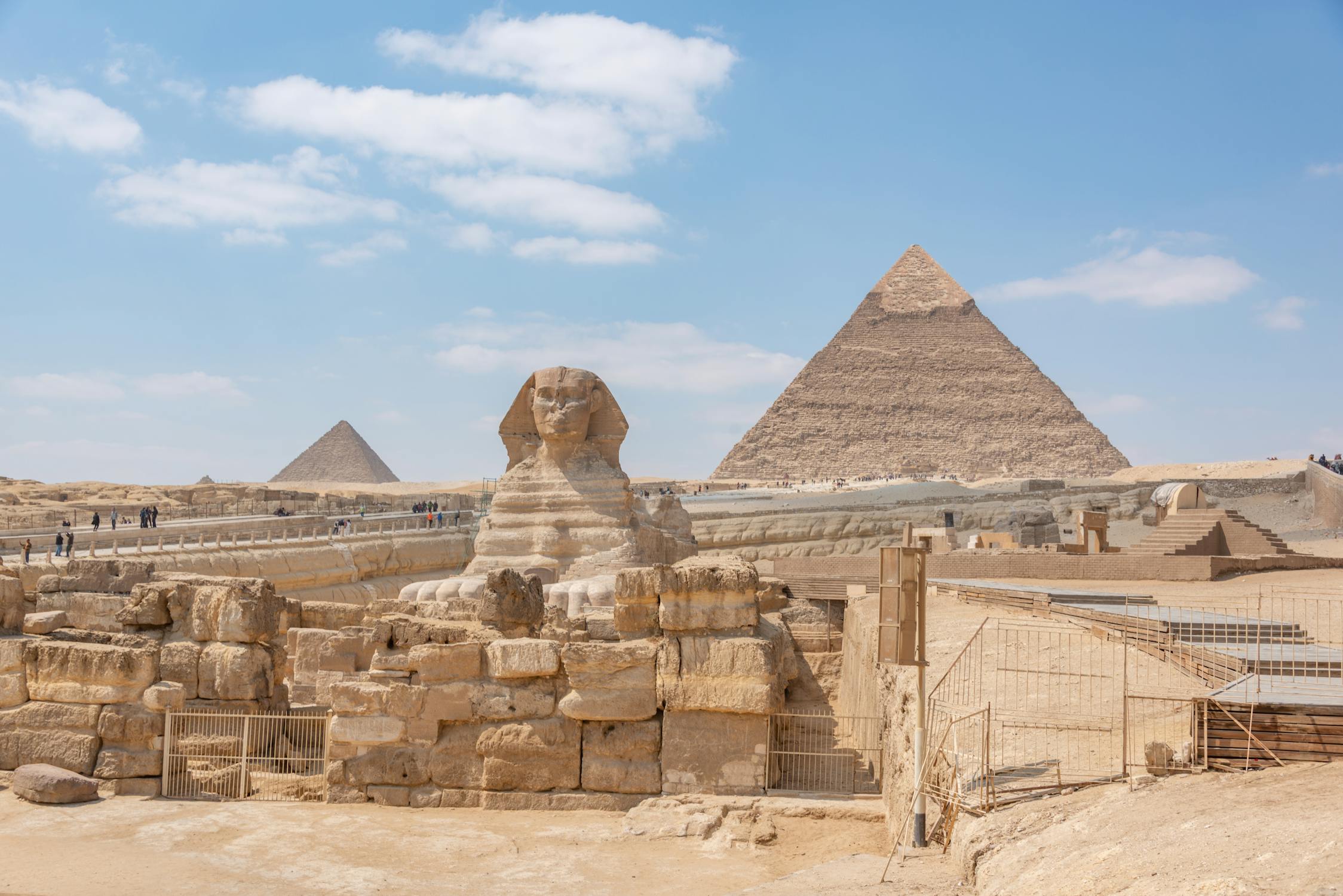
Source: Diego F. Parra/Pexels
However, Thutmose III was buried in the Valley of the Kings, an area in Egypt where rocks were cut out and made into tombs for pharaohs and powerful nobles under the New Kingdom of Ancient Egypt.
Other Discoveries in Thutmose’s Tomb
During a 2018 study of Thutmose III’s tomb, a team of researchers found that the ancient Egyptian artists used a variety of techniques and materials, changing our understanding of Egyptian art and its cultural connections.
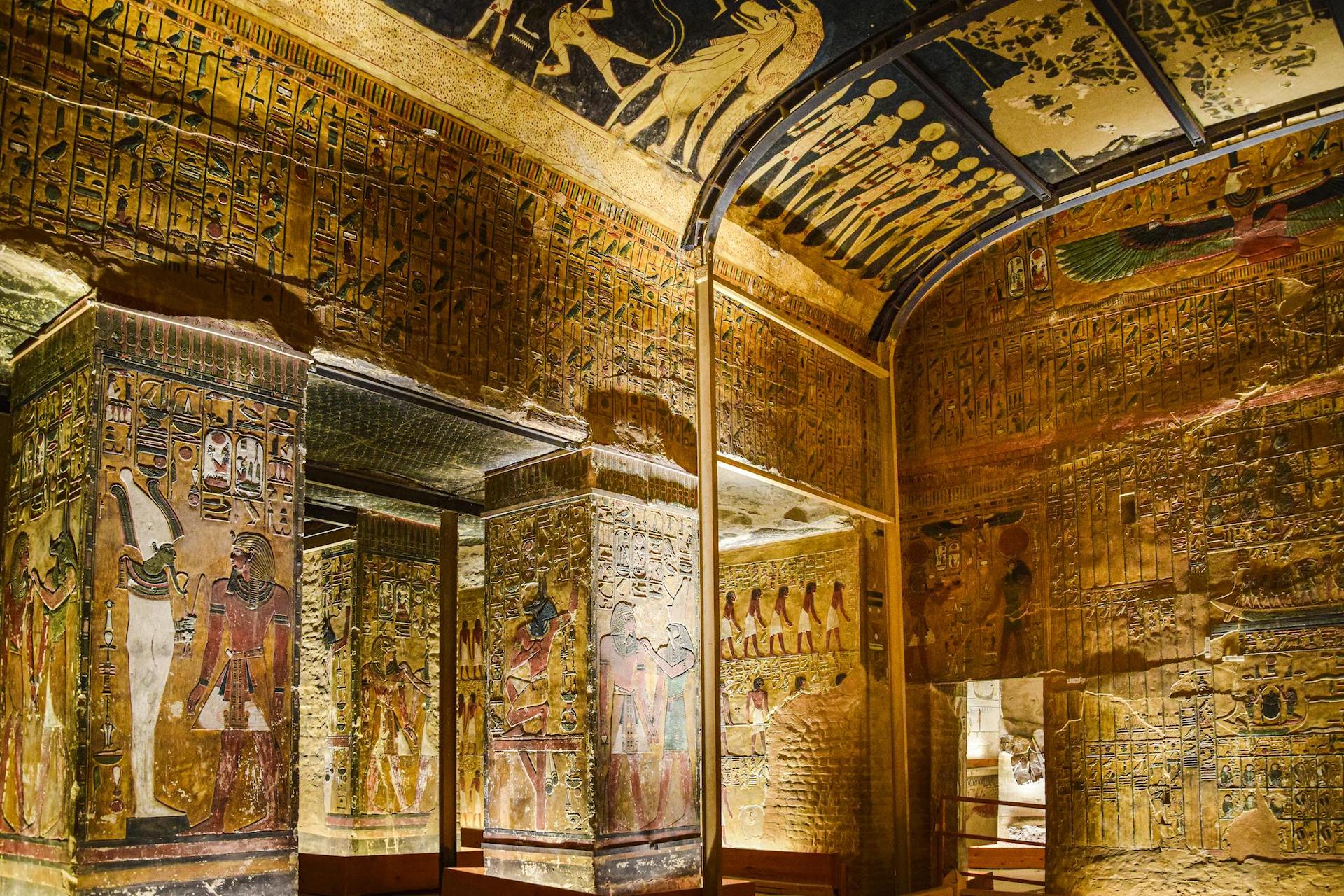
Source: AXP Photography
The team behind the study was able to conduct a non-invasive physical-chemical analysis, avoiding damaging the fragile wall paintings as they did their study.
